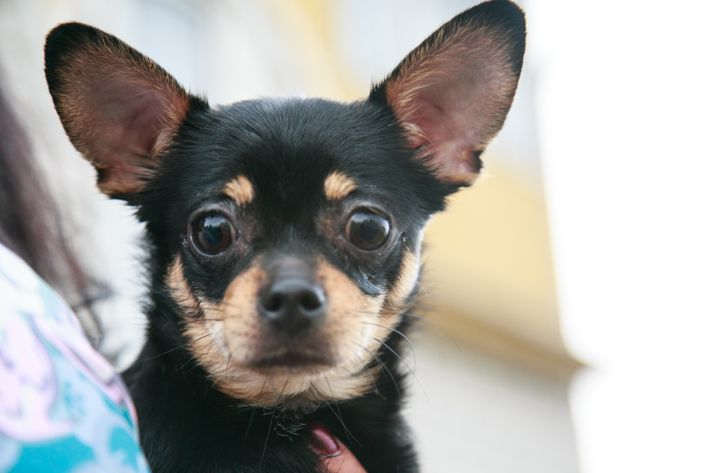Teaching a puppy commands: common mistakes
Teaching a puppy basic commands is one of the most important stages in raising a dog.
The future behavior of the pet largely depends on how well the puppy performs the commands “sit”, “lie down”, “come to me” and others.
Unfortunately, many owners make typical mistakes during training, which causes the process to drag on.
Firstly, a common mistake is the lack of consistency in training. You can't teach a puppy several commands at once.
You should first develop one skill and then move on to the next one. Otherwise, the puppy may become confused and stop responding even to those commands that it previously performed without problems.

Secondly, many owners do not pay due attention to reinforcing the skill.
Learning is not a one-time event, but a continuous process of repetition until the command is carried out automatically.
Thirdly, a common mistake is the lack of rewards. The puppy must receive a "reward" in the form of a treat, a game, praise every time it correctly performs a command. Otherwise, it will lose its motivation to obey the owner.
Another typical mistake is punishing the puppy for not following the command. This is a completely ineffective method that can frighten the pet and cause disobedience. It is better to be patient and return to training the command a little later, when the puppy is more focused.
It is also important to avoid unnecessary words and long commands. They only confuse the dog. Commands should be as short and clear as possible, for example, "Sit!", "Lie down!", "Come!".
It is worth noting another common mistake of beginners - teaching commands at a distance. The puppy needs to be taught next to you, and not from the other end of the yard. At first, the dog gets used to performing the command in close proximity to the owner, and then the distance can be gradually increased.
In addition, you can't rush the learning process. A puppy can learn a command in a couple of days, or even in a week. Everything depends on the character and abilities of a particular dog. The main thing is to be patient and consistent.
It is also important to train a puppy taking into account its age characteristics. Babies under 3 months have poor concentration and get tired quickly, so training should be short. At the age of 3 to 6 months, training is most intensive. And at 6-12 months, habits and behavior patterns are formed for life.
So, to sum it up, let's list the main mistakes that should be avoided when training a puppy:
- Teaching multiple commands at once. It's better to focus on practicing one skill at a time.
- Insufficient reinforcement of the learned command. Training should be regular.
- Lack of rewards for correct performance. The puppy needs to be praised and given treats.
- Punishments for mistakes. It is better to be patient and come back to training later.
- Using long, verbose commands. They should be as short as possible.
- Attempts to teach at a distance. First - nearby, then gradually increasing the distance.
- Haste and impatience. Learning takes time and consistency.
- Ignoring the age characteristics of the puppy. Training should be age-appropriate.
By following these simple rules and being patient, you will easily teach your puppy basic commands. And this is the key to further understanding and trust between the owner and his faithful friend!
Previously, we listed the 5 best pets for kids.
